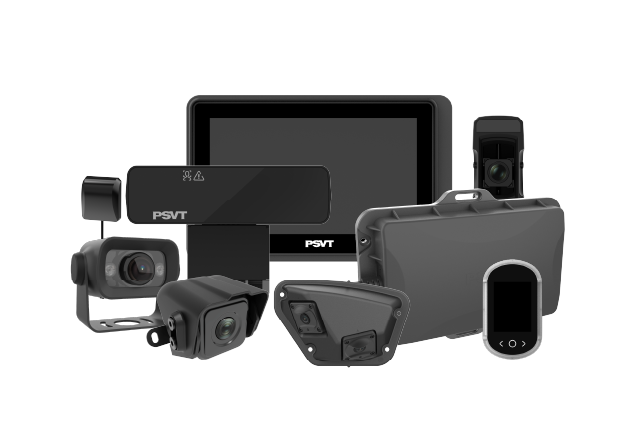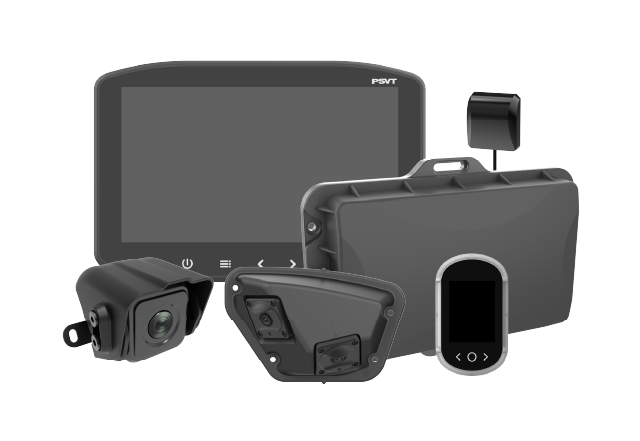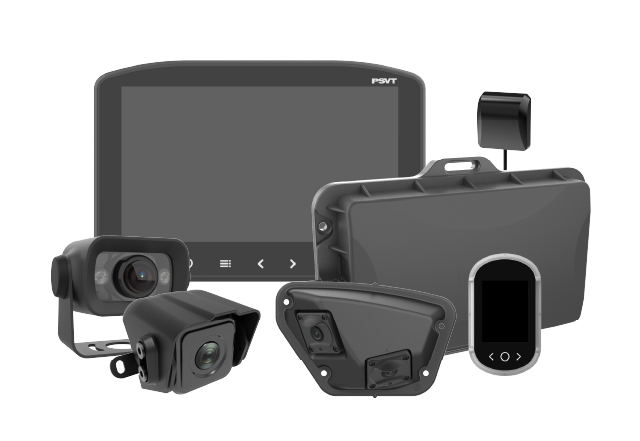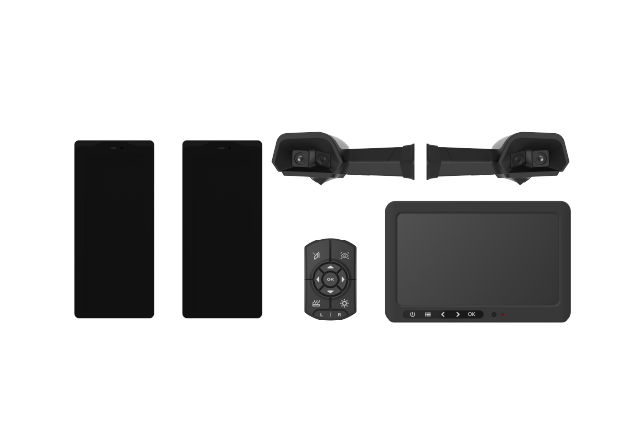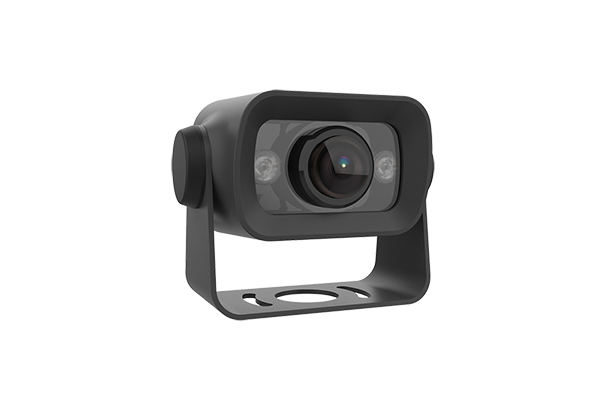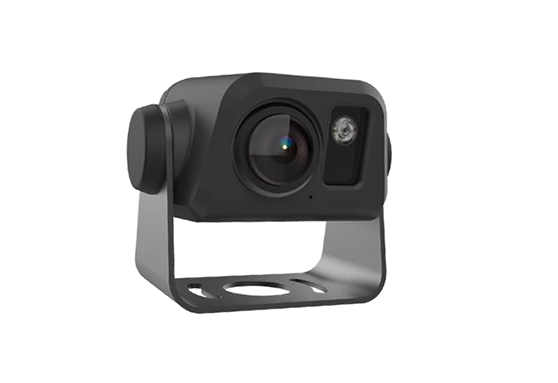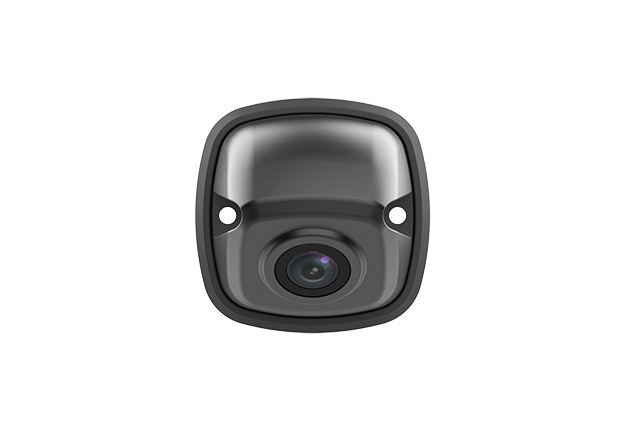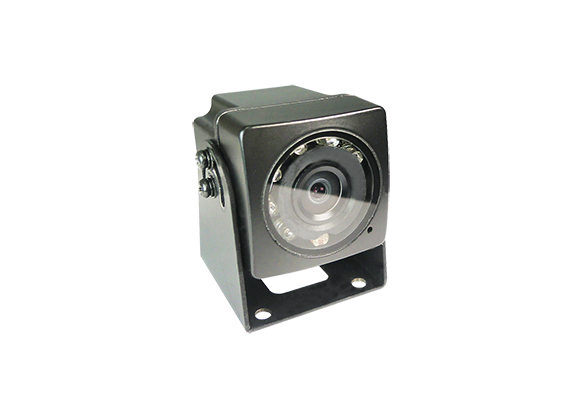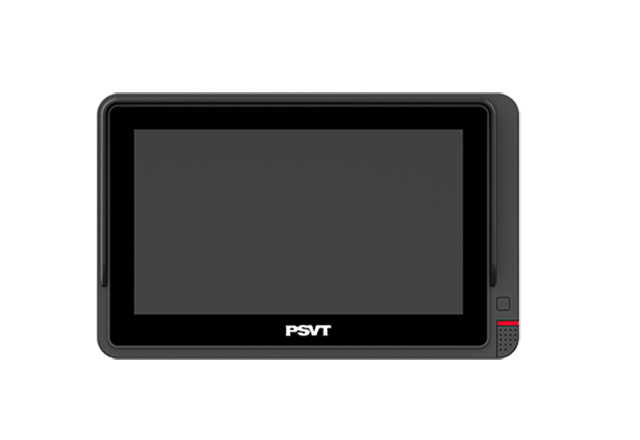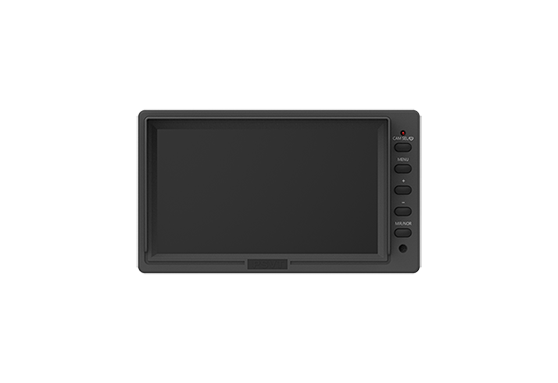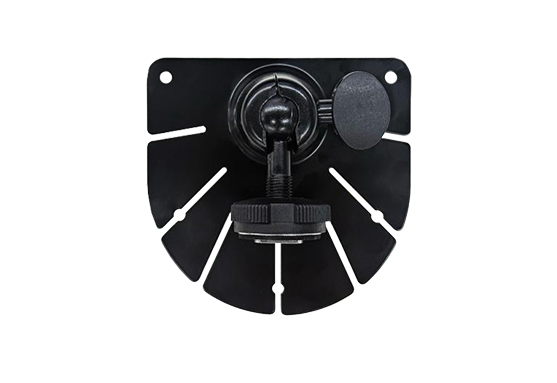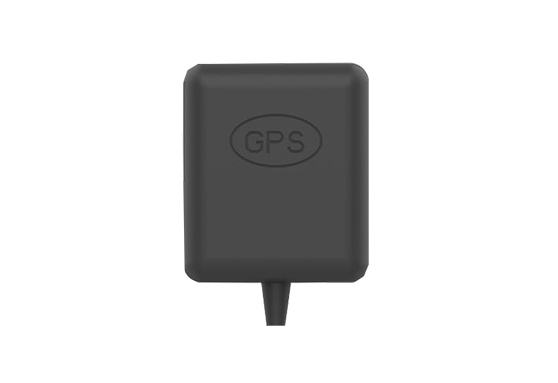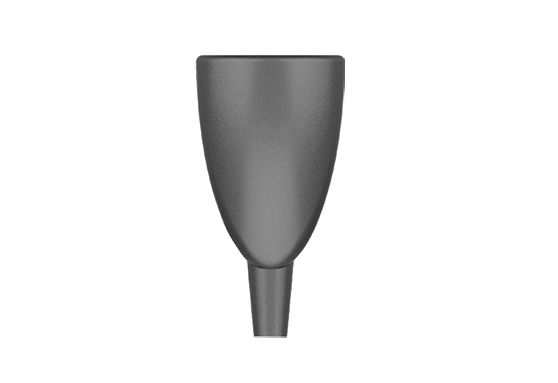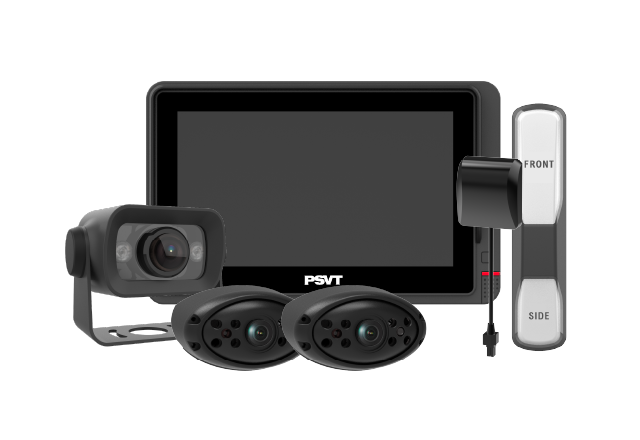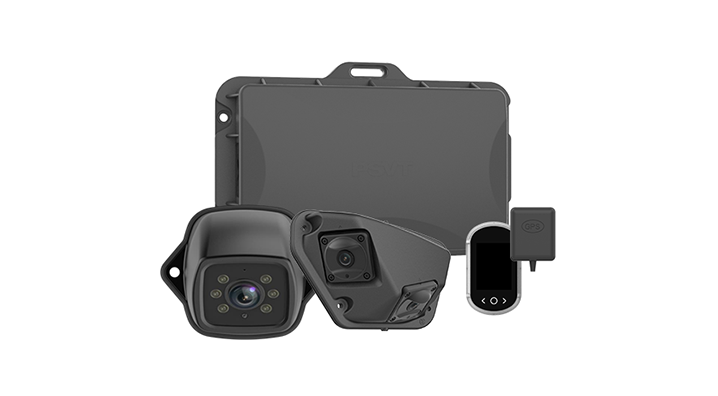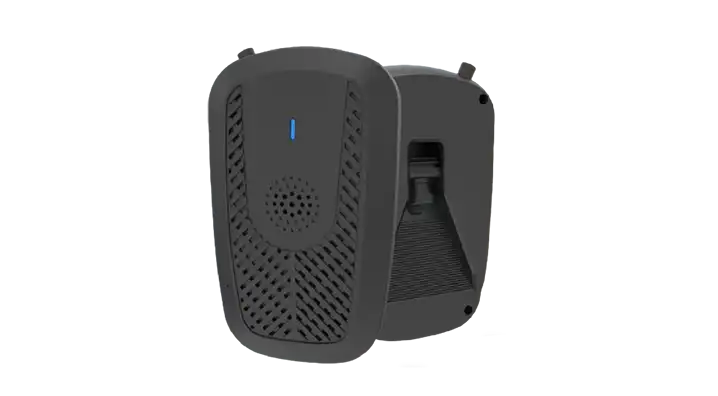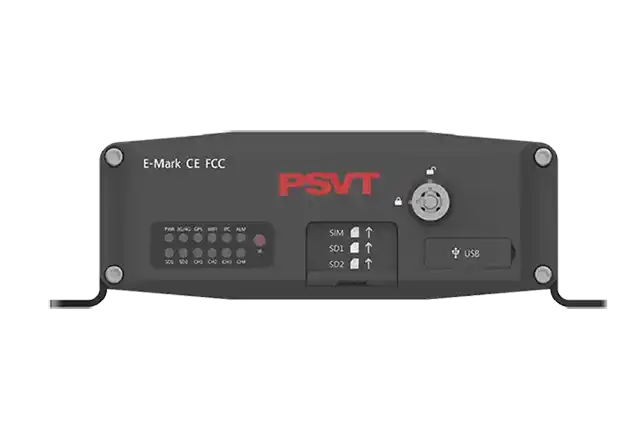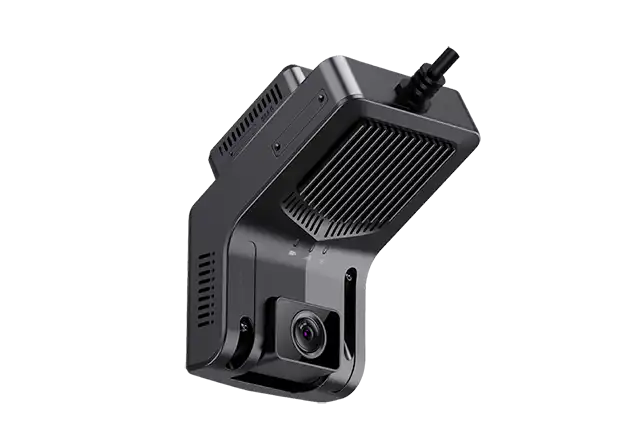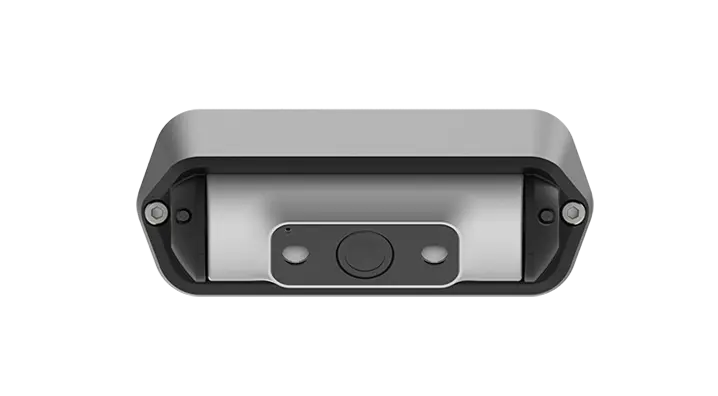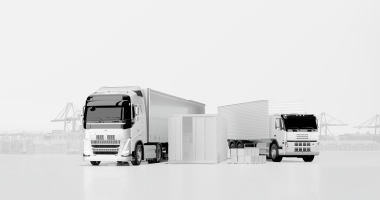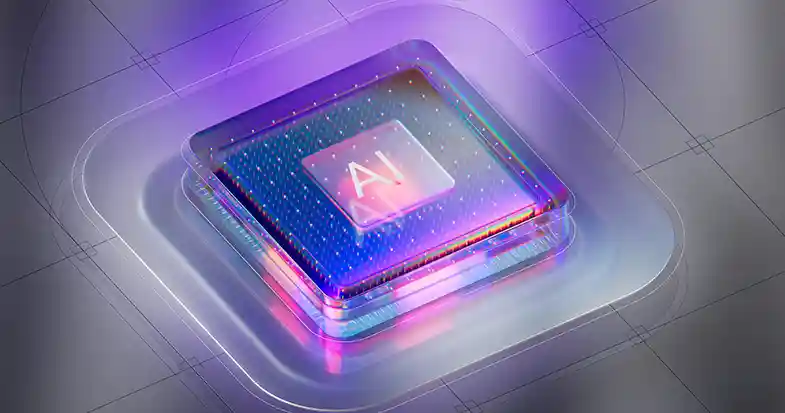In the world of commercial vehicles, a 360° Around View Monitor is quickly becoming a must-have safety and efficiency tool rather than a luxury add-on. Heavy trucks, city buses, and construction vehicles are getting bigger, traffic is getting denser, and every blind-spot incident can turn into a serious injury, a costly claim, or a damaged reputation for the fleet. A smart 360° Around View Monitor helps operators regain control in this increasingly complex environment.
Why A 360° Around View Monitor is Critical for Commercial Vehicle Blind Spots
On paper, professional drivers are trained and experienced. In reality, physics still wins. When a large vehicle makes a low-speed turn, the inner wheel path and the outer vehicle body do not overlap, creating a deadly inner-wheel blind area along the side of the truck or bus. A-pillars and conventional mirrors create additional blind zones, especially during right turns in dense urban streets. Vulnerable road users who happen to be in those zones can disappear completely from the driver’s view until it is too late.
Studies show that if a driver can detect a potential hazard even one or two seconds earlier, they have a much better chance of making the right decision and avoiding a collision. A 360° Around View Monitor gives the driver that extra second by stitching together multiple camera views into an easy-to-understand bird’s-eye image of everything around the vehicle. Instead of guessing what might be hidden behind a pillar or in the trailer’s shadow, the driver sees a continuous visual field supplied by the 360° Around View Monitor system.
How a 360° Around View Monitor Reduces Fleet Operating Costs
Safety is not the only pressure point. Fleet operators are also facing a “triple mountain” of costs: insurance, fuel, and disputes over claims.
- Insurance premiums are rising. Commercial vehicle insurance is becoming more expensive as accident frequency and repair bills increase. Some insurers are even cautious about covering new energy commercial vehicles, or apply strict conditions before they agree to underwrite them. A proven 360° Around View Monitor that helps reduce incidents and clarify liability can strengthen a fleet’s position with insurers.
- Fuel costs are hard to control. Volatile fuel prices directly impact operating costs for diesel fleets. Poor visibility in narrow streets, yards, and depots forces drivers to inch forward, stop, and reposition repeatedly. Sudden braking and aggressive acceleration only make the situation worse, burning extra fuel without adding any value. A 360° Around View Monitor can reduce unnecessary manoeuvres by giving drivers a clear, real-time overview of obstacles and clearances.
- Claim disputes are frequent. When an incident happens, many fleets lack clear video evidence of the vehicle’s surroundings and driving behaviour before and during the crash. Without reliable footage, it becomes difficult to reconstruct what happened and to allocate responsibility fairly, which drags out negotiations with insurers and other parties. A 360° Around View Monitor integrated with recording functions helps capture objective, time-stamped footage that supports faster and fairer claim resolution.
In short, a modern 360° Around View Monitor sits at the centre of this cost triangle. By providing an always-on surround view and supporting recording, it helps prevent accidents, reduce avoidable manoeuvres, and preserve objective evidence when something does go wrong.
Why Traditional 360° Around View Monitor Systems Are No Longer Enough
The earliest 360° Around View Monitor solutions did one thing well: they stitched four wide-angle camera feeds into a single bird’s-eye image. But as scenarios and regulations evolved, the limitations of these traditional systems have become obvious:
- They rely on simple image stitching and viewpoint switching with little intelligence under the hood.
- They cannot recognise specific objects such as pedestrians, cyclists, or motorbikes; they simply show raw pixels on a screen.
- They only provide visual information and leave the burden of risk assessment entirely on the driver’s shoulders.
- In complex environments – rain, fog, dust, dazzling headlights, or poorly lit construction sites – image quality can degrade, making it harder for drivers to interpret the scene.
- Their functions are relatively fixed, so it is difficult to extend the 360° Around View Monitor later with new capabilities or to integrate it deeply with other driver assistance features.
In other words, a conventional 360° Around View Monitor records the world, but it does not really understand it. This gap between “seeing” and “understanding” is exactly where the next generation of 360° Around View Monitor systems is being developed.
High-risk Scenarios That Demand A Smarter 360° Around View Monitor
The push toward a more intelligent 360° Around View Monitor is clearest in three high-risk commercial segments: heavy-duty logistics, urban buses, and construction or special-purpose vehicles. All three share common challenges – large blind areas, complex environments, and a high cost of human error – but each also has its own priorities.
Heavy-duty logistics. Long-haul trucks move valuable cargo on tight schedules. Drivers battle fatigue on monotonous highways and face tight manoeuvring space in depots, ports, and warehouses. A single side-swipe, jack-knife, or loading-bay collision can damage not only an expensive vehicle but also high-value goods, while tough safety regulations and strict insurance requirements leave little room for mistakes. A robust 360° Around View Monitor helps drivers maintain awareness of dock edges, bollards, workers, and other vehicles in these crowded spaces.
Urban buses. City buses operate in dense traffic, surrounded by passengers getting on and off, cyclists filtering through gaps, and pedestrians crossing at the last second. Operators must balance safety, timetable adherence, and service quality under public scrutiny. For them, a 360° Around View Monitor is not just a driving aid but a core part of their public-safety promise. A well-designed 360° Around View Monitor gives drivers the confidence to manoeuvre close to passengers and cyclists without losing awareness of their surroundings.
Construction and special vehicles. Concrete mixers, dump trucks, cranes, and other off-highway machines constantly work in harsh, rapidly changing environments. Mud, dust, uneven terrain, and night-time operations all reduce visibility. These vehicles often work in close cooperation with workers on foot and other machines, so any incident has serious safety and productivity implications. A robust, intelligent 360° Around View Monitor helps operators keep track of people, obstacles, and ground conditions even when natural visibility is poor. In many fleets, the 360° Around View Monitor is now regarded as essential PPE for the vehicle itself.
Across all these segments, fleets are looking for something more than just another display – they need a 360° Around View Monitor that actively supports the driver and aligns with tightening safety regulations.
How EU GSR is Reshaping the 360° Around View Monitor Baseline
In Europe, the General Safety Regulation (GSR) is redefining what “basic safety equipment” means for commercial vehicles. Rather than treating advanced vision systems as optional, the regulation effectively pushes manufacturers and fleets toward intelligent perception.
From a 360° Around View Monitor perspective, GSR drives improvements in three core areas:
- Expanded field of view. To support blind-spot monitoring around the vehicle, a 360° Around View Monitor must offer wide, seamless visual coverage on all sides, particularly around the doors, wheel arches, and trailer edges where vulnerable road users are most likely to be hidden.
- Higher image quality. To meet GSR’s safety expectations, many 360° Around View Monitor solutions are upgrading to higher-resolution cameras and more advanced image processing. This helps ensure that pedestrians, cyclists, and static obstacles remain recognisable in various lighting and weather conditions.
- All-weather reliability. Safety requirements do not pause at night or in bad weather. A compliant 360° Around View Monitor must maintain stable performance across day and night, rain and fog, and even in dusty or muddy construction environments.
Equally important, GSR pushes the ecosystem toward higher intelligence:
- AI-based detection and tracking. A next-generation 360° Around View Monitor uses AI algorithms to detect and track vulnerable road users (VRUs) such as pedestrians and cyclists, instead of just showing them passively on screen.
- Integration with ADAS. The system can provide environment perception data to other ADAS functions – for example, cross-traffic alerts, moving-off information, or blind-spot intervention – turning the 360° Around View Monitor into a key sensor hub rather than an isolated camera system.
As a result, compliance with GSR is not simply a paperwork exercise; it accelerates the transition from passive camera systems to active, intelligent 360° Around View Monitor platforms.
From “Recording” to “Understanding”: The 360° Around View Monitor Technology Roadmap
To close the gap between raw images and meaningful assistance, the industry is moving the 360° Around View Monitor toward AI and sensor fusion. Several technology trends are already reshaping product roadmaps:
- Multi-sensor fusion. Instead of relying solely on cameras, a 360° Around View Monitor increasingly fuses inputs from radar, ultrasonic sensors, and other modalities. This kind of multi-sensor 360° Around View Monitor architecture gives fleets a more robust safety envelope in real-world conditions, because radar is resistant to poor lighting and weather, while cameras provide rich visual context.
- End-to-end learning. Emerging AI models can learn a direct mapping from sensor data to driving-relevant outputs, simplifying the traditional pipeline of perception, decision, and actuation. In a 360° Around View Monitor, this might translate into more accurate object tracking, smarter risk scoring, or context-aware warnings that adapt to different vehicle types and scenarios.
- AI-enhanced visual perception. Deep learning has already transformed image classification and object detection. For a 360° Around View Monitor, AI extends into semantic segmentation and scene understanding – recognising not only “what” is around the vehicle, but also “where” and “how” it is moving. Behaviour prediction and intention recognition help the 360° Around View Monitor anticipate the path of a cyclist or a pedestrian rather than reacting only when they are dangerously close.
- High-precision positioning and map fusion. By combining visual SLAM, multi-camera depth estimation, and map data, a 360° Around View Monitor can evolve from relative perception (“I see something near the truck”) to absolute cognition (“I know exactly where the vehicle and nearby objects are in 3D space”). This lays the groundwork for more advanced assistance functions and, eventually, higher levels of automation in defined areas.
Put together, these advances turn the 360° Around View Monitor from a passive viewing system into an intelligent co-pilot that sees, understands, and supports safer decisions in real time. In practical terms, a next-generation 360° Around View Monitor becomes the visual backbone of the entire safety stack.
What A 360° Around View Monitor Means for Fleets and OEMs
For fleets, the value of an intelligent 360° Around View Monitor goes beyond regulatory compliance. A strategically deployed 360° Around View Monitor helps fleets to:
- Reduce the frequency and severity of accidents, especially in low-speed, high-risk manoeuvres like depot turns, yard operations, and bus-stop pull-outs.
- Lower insurance costs over time by improving safety records and providing clear incident evidence.
- Optimise fuel usage by reducing unnecessary repositioning and panic braking caused by poor visibility.
- Enhance driver confidence and reduce fatigue, as drivers no longer need to constantly fight blind spots on their own; the 360° Around View Monitor becomes a trusted second pair of eyes.
For vehicle manufacturers and body builders, a modern 360° Around View Monitor is also a strategic differentiator. A system designed with AI, sensor fusion, and GSR-ready performance in mind becomes a platform for future features – from connected fleet analytics to semi-automated manoeuvring in depots or yards.
As commercial vehicles become more connected and intelligent, the question is shifting from “Do we need a 360° Around View Monitor?” to “What kind of 360° Around View Monitor will keep our vehicles safe, compliant, and competitive for the next decade?” The winners will be the fleets and OEMs that embrace the new generation of 360° Around View Monitor technology early and use it as the visual foundation of their broader safety and efficiency strategy.

